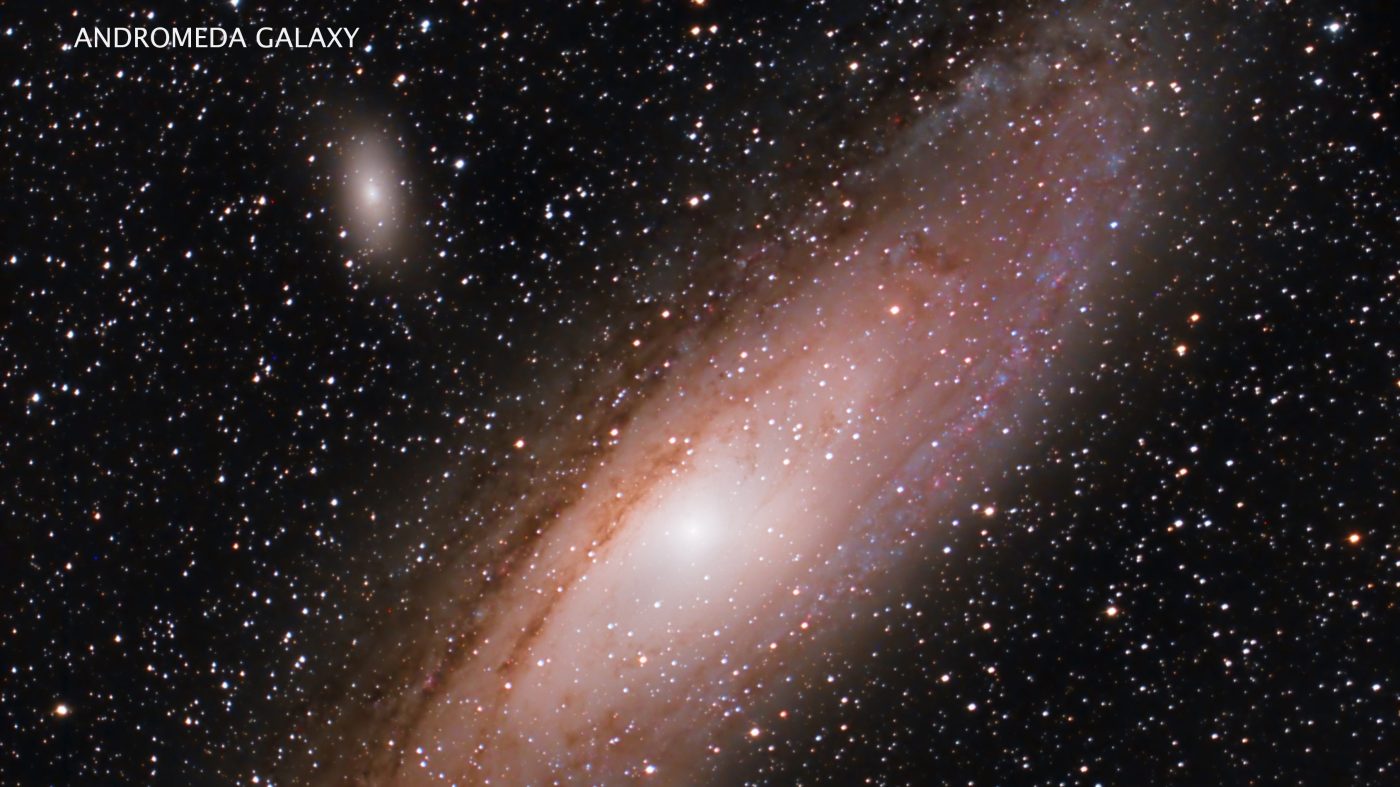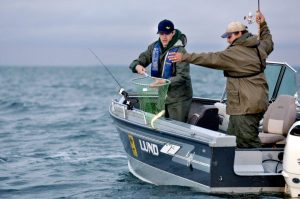
Skywatch: New telescope do’s and don’ts
I hope you had the best holiday season of your life and that Santa Claus or whoever treated you well and brought you everything you wanted on your gift list, plus a few wonderful surprises. If you received that telescope you always wanted, you have many fun nights ahead of you. You’ll be able to get a little closer, at least visually, to that big universe over your head, provided clouds don’t get in the way! Be patient, though; you’re in it for the long term, at least hopefully.
There are several kinds of telescopes out there for your stargazing enjoyment, and some have great navigation systems, including some that work with smartphone apps. Technology has come so far and continues to improve like crazy. But for all telescopes though, there are definite do’s and don’ts for successful stargazing. If you’re like me and hate reading instructions, trust me, following the basic rules of telescope viewing can make such a difference. I want you to enjoy your scope, not to have it wind up in a closet serving as just another coat hanger! Here are my suggestions.
Always use your telescope outside
Poking your telescope out of the window doesn’t work. The waves of heat leaving your house will interfere big time with what you’re looking at. It’s also essential to set up your telescope outside and let it sit for 30 to 45 minutes before you start using it, especially in cooler weather. Make sure your eyepieces are out there as well. This is important because your scope’s lenses and/or mirrors must acclimate to the lower temperatures. If you don’t allow cooling time for your scope, you will likely see blurred images and may think you have a lousy scope when, in fact, you probably have a nice one.
Set your telescope up on firm ground.
Avoid setting up your scope on any wooden deck. No matter how well it’s built or solid, vibrations from your movements or anyone with you will jiggle the scope just enough to drive you crazy. It’s best to set up your telescope on solid ground.
Adjust your finder
As you set up your telescope, ensure the small finder telescope or laser mounted on the side of your main telescope is aligned correctly. This is very important because finding any celestial object in the night sky will be anywhere from frustrating to impossible if it’s out of alignment. Finder can easily get bumped around and must be readjusted every time you set up your telescope. Most finders have low magnification and crosshairs.
The best way to adjust the finder scope is to put a low power-wide field eyepiece in your main telescope and then, looking through the main scope, aim it toward a test target on the horizon like an American flag or a church steeple. Once you have the test object centered in your main scope, look through the finder and adjust the screws on the finder in such a way that the test object is centered in the crosshairs. Once that’s done, finding anything in the night sky is much easier. Just center the celestial delight you want to gaze at in the crosshairs of the finder, and it should be good to go.
If you have a Newtonian-Dobsonian reflector telescope, the one that collects light with a parabolic mirror at the bottom of a tube, you probably have room for a Telrad finder. The same can be said for most Schmidt-Cassegrain. They cost around $50, but they are so worth it. Three red adjustable LED circles in the Telrad really help pinpoint on a target much better than most finders. Optional star charts are also available with Telrads, which I’ve found extremely helpful. Several telescope outlets sell them. I’ve always been able to find them on Amazon.
Start with low power/low magnification
Whenever you look at something through your scope, start with a high focal length/low power magnification eyepiece. The focal length should be labeled somewhere on the eyepiece. A 25mm to 40mm focal-length eyepiece should do the trick. It will give you a wide field of view to help you find what you want. Then, when you find your target, increase your magnification gradually with lower focal length/higher magnification eyepieces. The image will naturally lose some clarity as you increase magnification depending on the aperture of your telescope and how much light-gathering ability it has.
Look high enough
Ensure your target object is at least one-third of the way up from the horizon to the zenith. Otherwise, you’ll be looking through much more of Earth’s blurring atmospheric shell. Also, remember that even if the skies are clear, there may be a lot of wind in the high atmosphere, which can cause telescope targets to be less than impressive. That’s what astronomers call “bad seeing,” and unfortunately, you can do nothing about it. The best thing to do is to try looking at the same object again on other nights and see if it’s any better.
Take long looks
Whenever you look at anything in your scope, try to take long, continuous views of whatever you’re viewing, especially the planets. Try to view for 10 to 15 minutes at a time. That will let your viewing eye adjust to the light level inside your scope, allowing you to see more details. Atmospheric seeing conditions can also vary from minute to minute, and the longer you view any object, the greater the chance of catching “windows” of good seeing. During extended times of viewing any particular target, you’ll probably have to move the scope periodically to keep the object in view unless you’re lucky enough to have a clock-driven motor that follows the stars across the sky for you.
Above all, be patient with your telescope. Read all the instructions and remember that you don’t have to conquer the universe in one night or year. Amateur astronomy is a lifelong hobby and a passion for many people like me.
Next week in Skywatch I’ll suggest wonderful telescope targets to get you started.
Mike Lynch is an amateur astronomer and retired broadcast meteorologist for WCCO Radio in Minneapolis/St. Paul. He is the author of “Stars: a Month by Month Tour of the Constellations,” published by Adventure Publications and available at bookstores and adventurepublications.net. Mike is available for private star parties. You can contact him at mikewlynch@comcast.net.
Starwatch programs
Wednesday, Jan. 17, 7-9 p.m., River Bend Nature Center in Faribault, Minn. For more information and reservations, call Faribault Parks and Recreation at 507-334-2064 or visit www.ci.faribault.mn.us/219/City-Enrichment-Programs.
Friday, Jan. 19, 6:30-8:30 p.m., Lake Elmo Park Reserve, Lake Elmo. For information and reservations call 651-430-8370 or visit www.co.washington.mn.us/index.aspx?NID=532.
Related Articles
Skywatch: January winter sky spectactular
Skywatch: Bring in 2024 in a stellar way
Skywatch: Signs of Christmas in the skies
Skywatch: A celestial Rudolph the Red-Nosed Reindeer?


